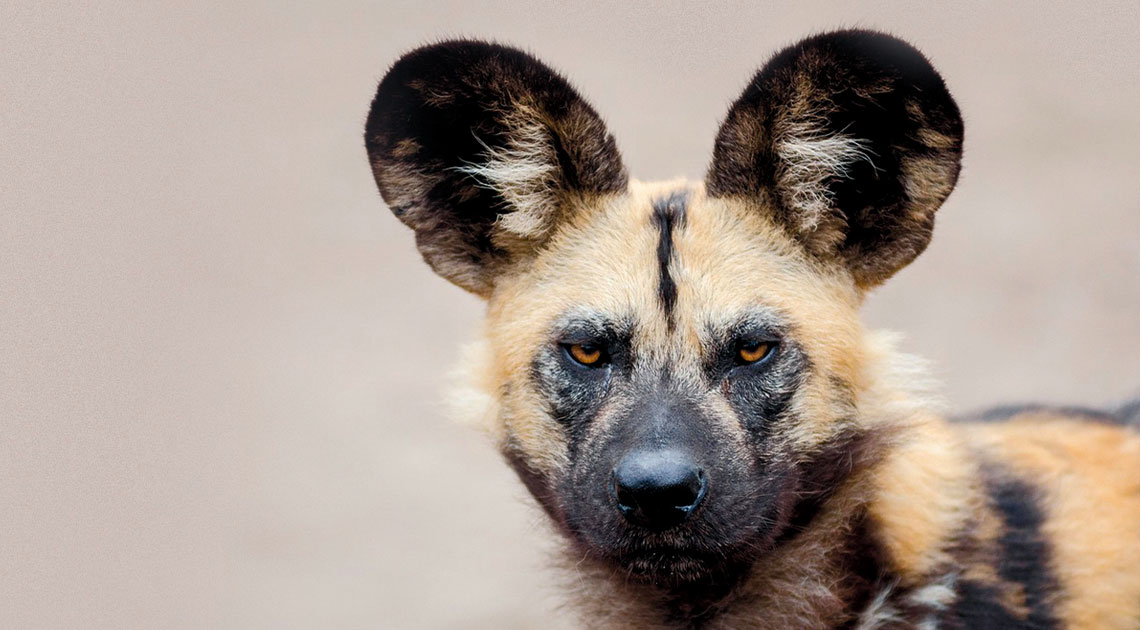
needpix.comThe African wild dog: visual communication could be important when huntingneedpix.com
The puppy dog eyes that leave us powerless to do anything but please our four-legged friends are not exclusive to the species Canis familiaris. Heather Smith, an anatomist from Midwestern University, USA, dissected the muscles around the eyes — responsible for eyebrow and ear movement and changes in eye shape — of African wild dogs (Lycaon pictus). The facial musculature of these canines is as complex as that of domestic dogs and would allow for a puppy-dog-eyed expression, which is governed by two specific muscles. Previous comparisons with wolves, more closely related to dogs, had revealed striking differences, leading to the hypothesis that the manipulative expression evolved as a direct result of interaction with humans. But this is not the case with African wild dogs. The researchers now theorize that the diversity of facial expressions is important for visual communication while hunting. Wolves live in forest environments, where it is more difficult to see each other when hunting (Smithsonian Magazine, May 28; The Anatomical Record, April 10).
Republish